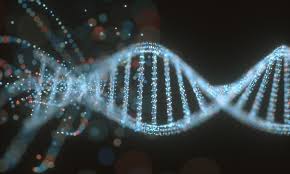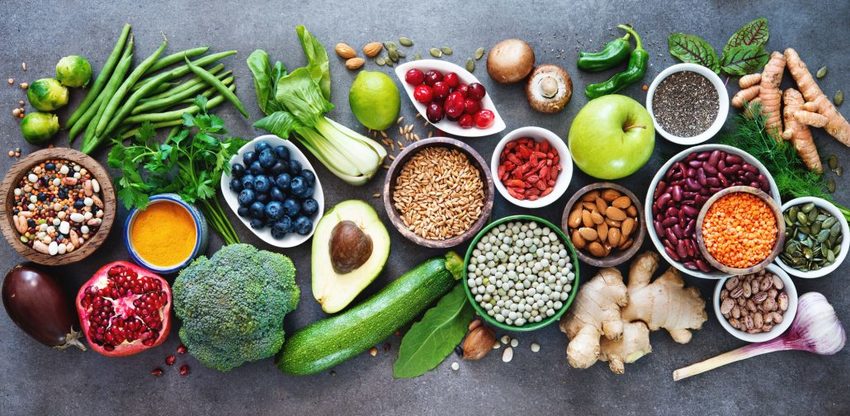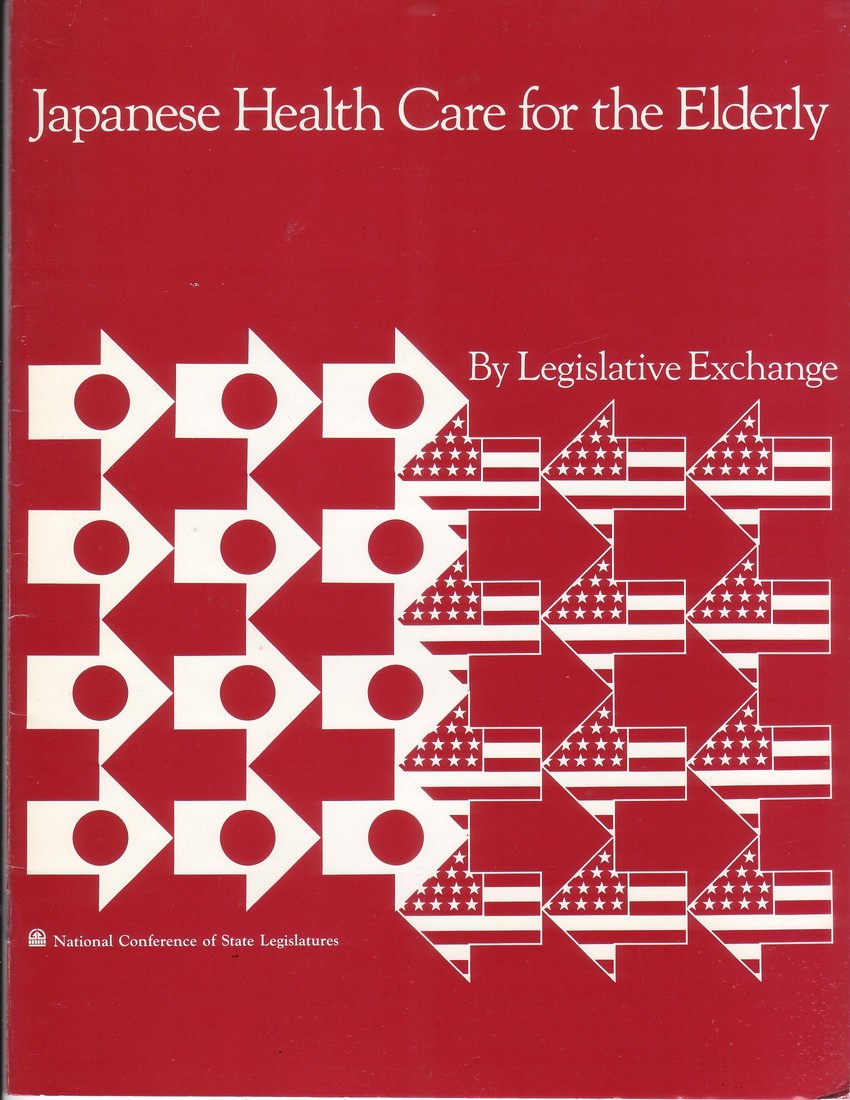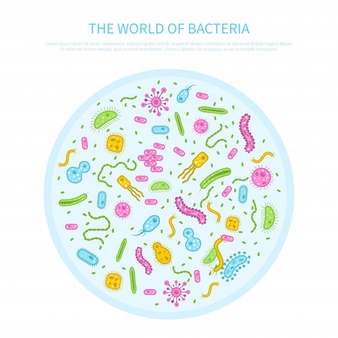Institutional Innovations - DNA sequencing issues
Nov
18
So much focus particularly in tech media has been about disruptive innovators and startups in the healthcare field. What about innovations by these more traditional institutions such as research institutions and hospitals?
Highly customizable and personalized healthcare solutions are at the cutting edge of disruptive innovation. You do not need to be an established entity to drive these disruptions, but you can be. The innovative applications of a person’s DNA sequence such as the tool for synthesizing DNA invented by biologist Leroy Hood’s Institute for Systems Biology, offer customizable health care at a genetic level, called genotyping. Seattle area’s Swedish Health Services has been recognized nationally for providing personalized health care using Dr. Hood’s DNA sequencing.
Another example, the creator of the CRISPR Cas9 technology, CRISPR Caribou Biosciences CEO, Dr. Jennifer Doudna invented the ability to edit our genetic code. Doudna showed how CRISPR, or "clustered regularly-interspaced short palindromic repeats", "bacteria’s natural defense system could be turned into a 'gene editing' tool to cut DNA strands", according to the Genetic Literacy Project. In addition to founding CRISPR, she teaches chemistry and molecular biology at University of California Berkeley. Both Hood and Doudna are said by peers to be viable candidates for the Nobel Prize.
Dr. Hood helped his associates at Swedish Health Services (Swedish Hospital and Providence Health Systems) play a leadership role in innovation, according to former Swedish CEO Anthony Armada in my interview with him for the Northwest Asian Weekly. “On the clinical side, for example, Swedish is the first to apply truly ‘personalized medicine’ using genotyping. Genotyping is a fingerprint of who you are genetically,” he adds. “For example, there can be five potential cures for a particular cancer. Genotyping can test and determine which of the five offers the best results, the least risk, and the best course of action for that particular patient” (source: NW Asian Weekly, Chris Beer). Thanks to help from Dr. Hood, the founding father of genomics, the hospital is lead the country in the medical and scientific applications of genomics.












